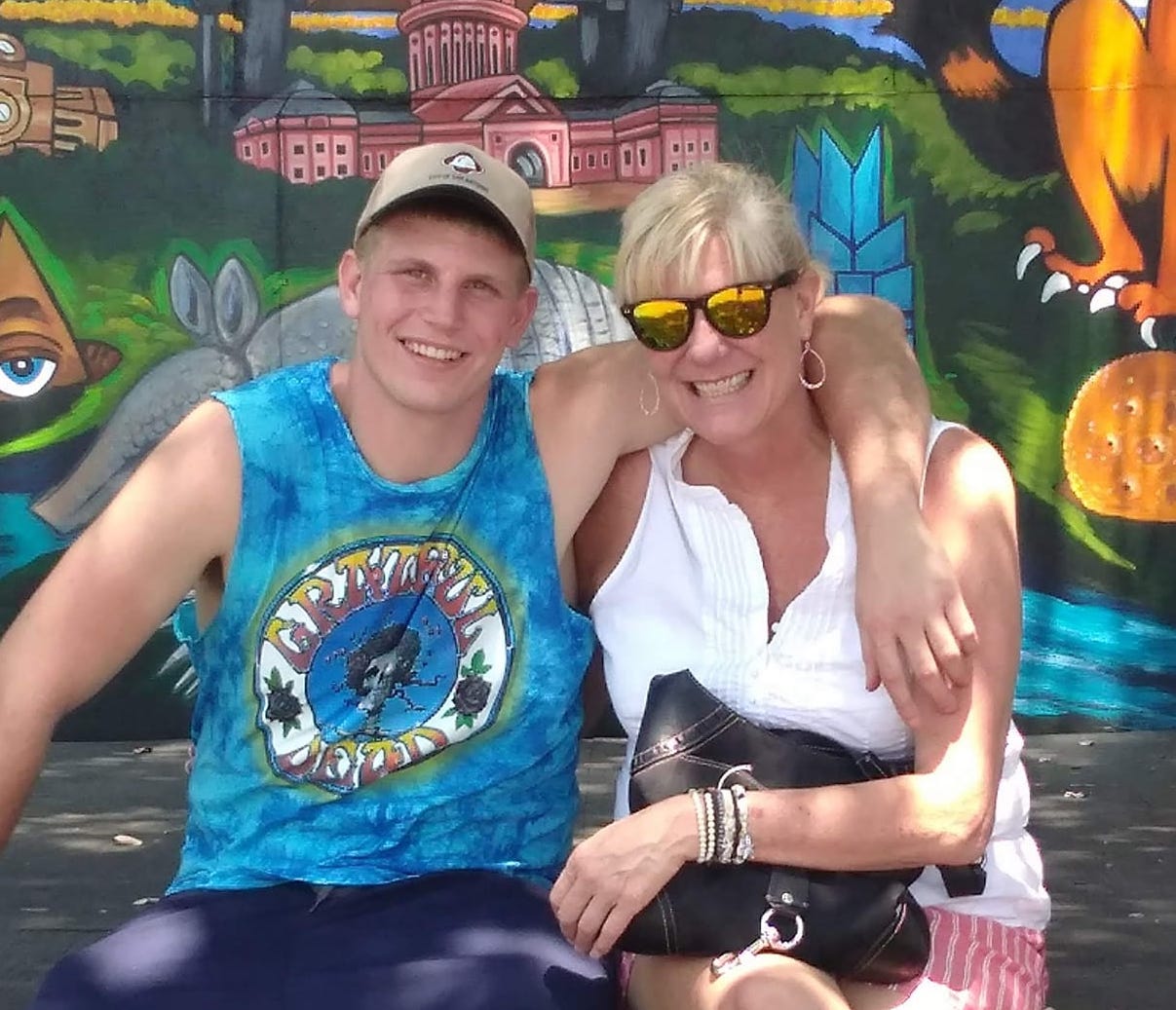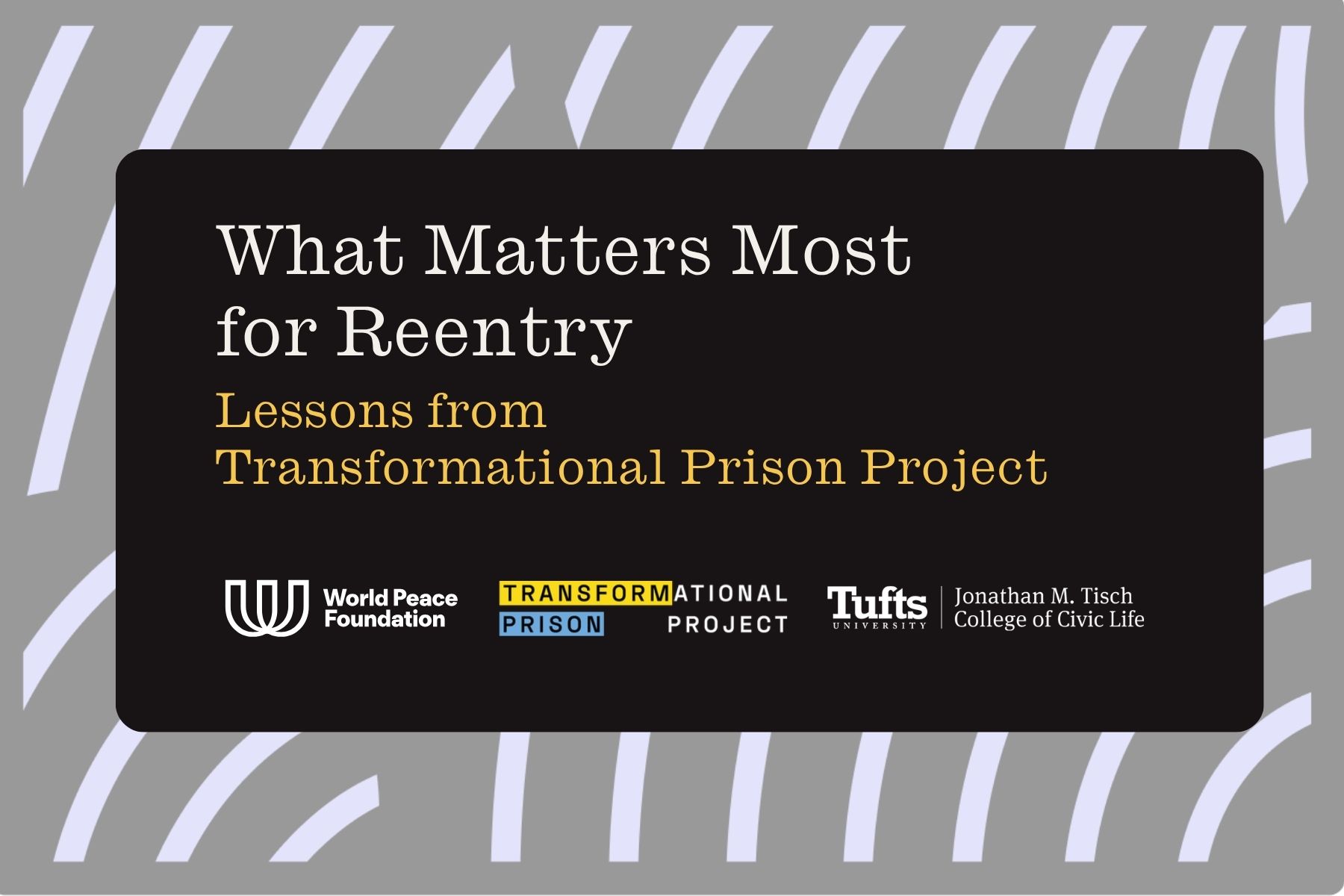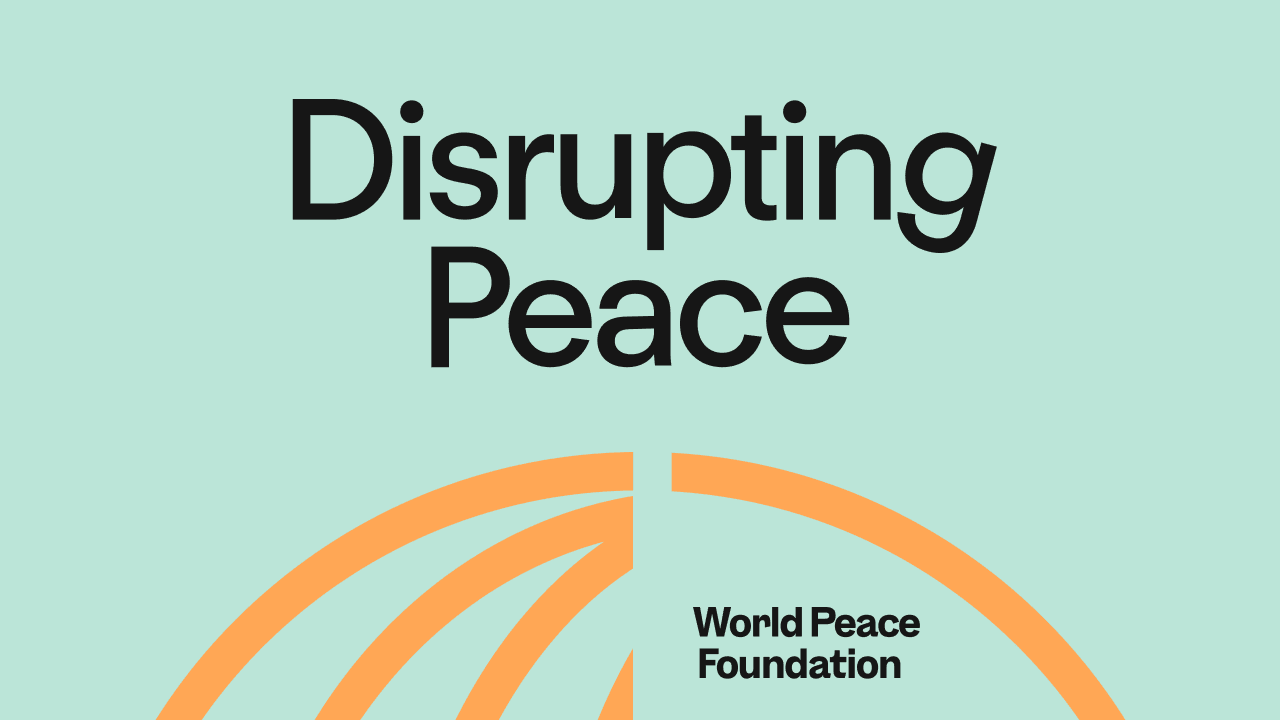In 2018, my youngest brother, Dylan, was charged with the murder of James Perez Jr. and two counts of aggravated assault with a deadly weapon. In 2021, he was found guilty for all three counts, accepting a plea deal of 25 years in a medium security prison.
Recently, when I was editing a colleagues’ chapter on Covid in Massachusetts prisons, I came across a section that discussed how courtrooms transitioned from in-person hearings to video conferencing. And immediately a flashback: Dylan crying as the victims’ family members read their impact statements to us on Zoom. He asked me the day before his court date, “What if I cry?” This question seemed to mirror his surroundings: there isn’t a lot of room for crying when you are incarcerated. I told him that it was okay for him to cry, and I would be there to support him. His blond hair, bright orange institutional clothing, and big black headphones overtook my mind.
I tried to get back into editing, but I couldn’t release that memory. The emotional and physical sensations flooding me.
The Zoom boxes on the screen featured Dylan, my mom, the victims’ family members, the judge, lawyers, and the court staff. I felt like Stretch Armstrong,1 the gel-filled action figure that my brothers and I played with as children. You can pull him in several directions before he retracts back to his normal form. If you pull too hard, he can develop tears that have to be fixed with an adhesive bandage. One of my arms was with my brother, another arm was with the victims’ family, one leg was with my mom, and as I hopped on the only leg I had left, I navigated my grandmother in the dining room with me, asking questions.

I kept watching the victims’ toddler run back and forth on the box as my brain went into a state of hypervigilance. Only parts of their statements remained with me as I sobbed on the other side of the screen. James’ wife told us that she had lost her father to gun violence – and now her child would grow up without a father, too. I tried to signal that I understood what she was saying by nodding, but even today, I can’t fully comprehend the loss she has endured.
I came back to the present, and texted my partner, “I had a super intense flashback.” He responded with “What about, honey?” I called him as I walked around my work building. I broke down crying as I made the loop. I told him that I had recorded the video conference on my phone. “I can’t delete it,” I told him. “I want to watch the video, but I don’t want to re-traumatize myself.”
I want to listen to James’ family. I want to absorb the words they sent through the air, so I can mentally reassemble them as I try to return to my new normal form. Living with post-traumatic stress disorder means that I am covered in adhesive bandages. Some of these bandages I placed on myself, others have been lovingly placed on me by my community. My middle brother, Matthew, is still trying to figure out how to keep his bandages on, opting for drugs and alcohol to mask his pain.
A couple of weeks ago, Matthew told me that he was the reason why James is dead. I didn’t fully understand why he believed that, but I identified with what he said. We all feel responsible for James’ death. A traumatic childhood leaves no room for innocence. We shame ourselves for how we might have contributed to Dylan’s upbringing and his subsequent addictions. My brother pulled the trigger, but were we the gun?
It made me realize that I am not the only one who feels like I am on trial for a crime that I did not commit. How does one clear their name when there is no name to clear?
My mother tells us that we have nothing to do with what happened to James. She takes the worn bandages off herself and tries to place them on us. She believes she is not worthy of getting new ones. Harm doesn’t end when bullets enter flesh, it continues for years, lifetimes even.
I guess I keep the video in the hopes that if I rewatch it, I will find a piece of information that will help me process the fact that when my brother was 23 years old, he murdered James. I also want to examine the family’s words, searching for clues for how to contribute to meaningful accountability for them.
This month is the fifth anniversary of James’ death – and I am still collecting bandages. Herein lies one of the most difficult parts of being the family member of someone who commits murder, your arms and legs never really return to you. You just find new ways to cope with being stretched out, hoping that you have enough bandages to keep yourself and others afloat.
- I am not sure why I identify with a stereotypically buff action figure in a Speedo, but I hope you get my point.



